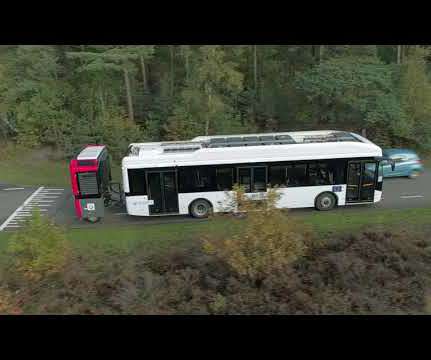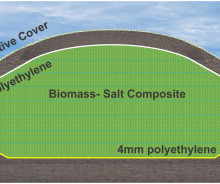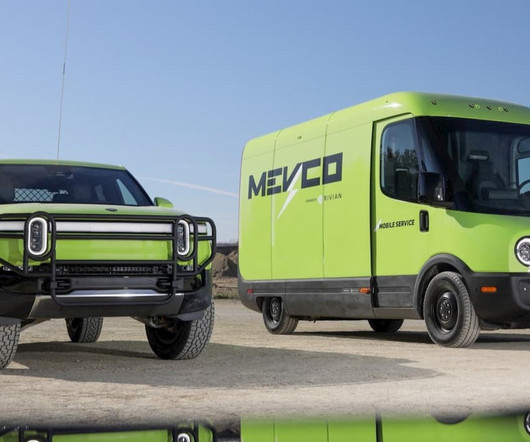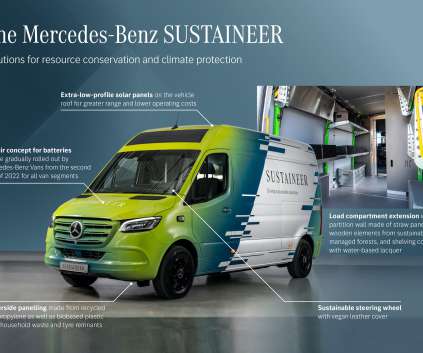EU project HyFlexFuel converted sewage sludge and other biomasses into kerosene by hydrothermal liquefaction (HTL); SAF
Green Car Congress
JUNE 28, 2021
Thanks to the expertise of several project partners, HyFlexFuel proved that HTL biocrudes can be successfully upgraded to drop-in fuels in an industrially-relevant environment, achieving hundreds of hours of continuous operations. —Daniele Castello of Aalborg University.








































Let's personalize your content